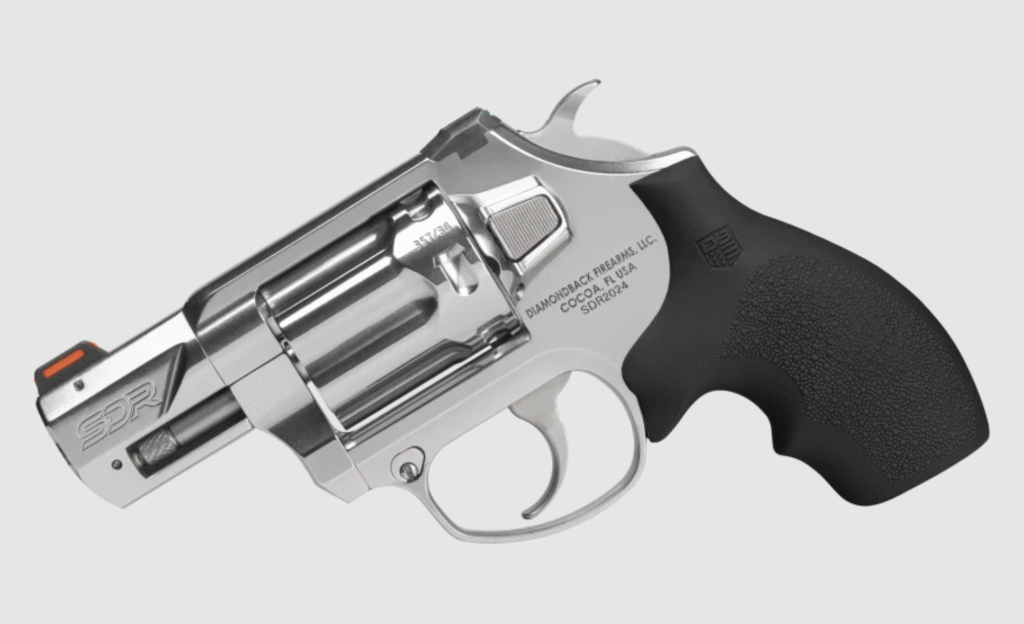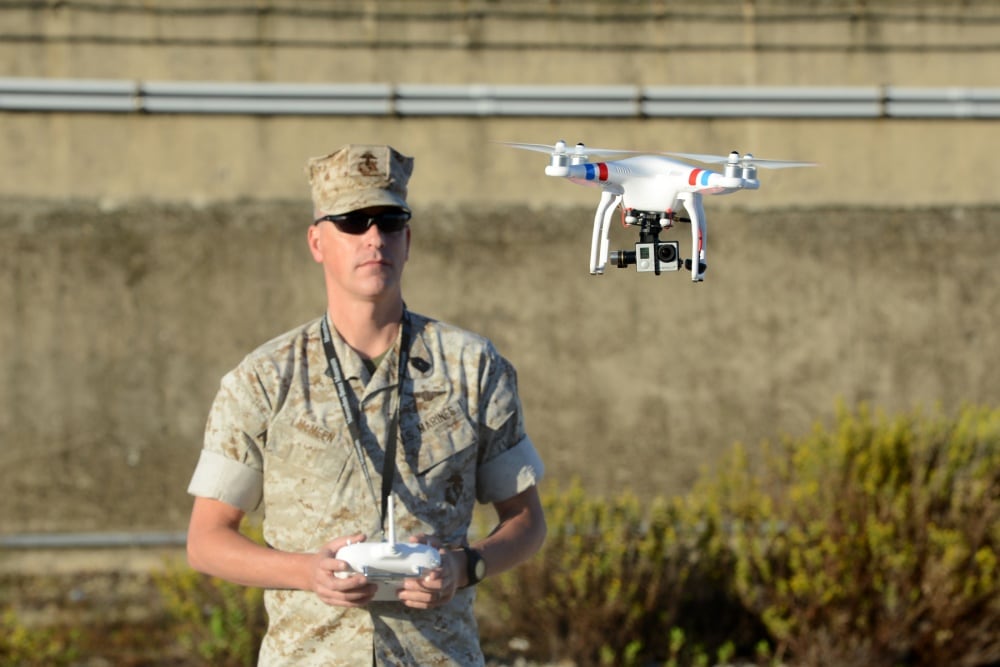The A-10 is the CAS (Close Air Support) hero of the Global War on Terror. But it is an old plane. It started production in 1972 and ceased in 1984, the current fleet is as old as the M16A2 rifle at their newest.
But, when you have a good machine and can maintain it you do so. The A-10 was on the chopping block to make way for the do everything F-35, a project with and endless list of overrun problems but which is now flying. The Marine Corps currently fields the most fully spun up F-35 fleet but the problem with the multi-tool platform F-35 is that is doesn’t carry the staying power of a dedicated CAS plane.
The A-10 doesn’t have an air superiority role, F-35’s and F-22’s can handle that handily (the F-22 being arguably the best air superiority frame in the sky). The F-35 can take on CAS roles, but it doesn’t have the endurance and sheer presence the A-10 does.
Advertisement — Continue Reading Below
The Air Force is concerned about the fact the A-10 is only protected well against ground threats, it needs protection in the air from genuine air superiority platforms. That was one of the primary reasons the Air Force was looking to retire it, in the current war with no air threat it is an absolute beast but in a conflict with China or Russia who have air superiority platforms that are within shouting distance of ours the A-10 would be vulnerable.
Granted an air campaign would be implemented to as best as possible control the skies, but the enemy gets a say in how that goes also. Grounding the CAS platforms while air superiority is established will only be viable for a limited time as ground troops will need the on call power CAS brings. Ground based IDF (indirect fire) is an excellent asset but is vulnerable in its own way. Combined arms doctrine relies on getting big dangerous aircraft in the sky to shoot at what ground troops say needs being shot.
An updated ‘A-10’, which the video goes into, will need to address air vulnerability more in some manner. Whether that is an updated weapon suite with some anti-air, or an integrated sensor suite that keeps the air superiority fighters linked to support the CAS, or some combination of both of those and increased stealth for passive protection.
Advertisement — Continue Reading Below
If a dedicated CAS fixed wing isn’t renewed the role will shift to rotary wing craft who are neither as fast nor have the range of coverage the fixed wings possess. AH-64’s, while lethal, need to be kept and maintained much closer to the supporting forces and they are not able to move space to space as rapidly.
Combined arms is built in layers and a dedicated fixed wing CAS plane is one of those layers that leaders now are fairly certain multi-role fighters can’t take on effectively alone. A specialty partner aircraft, a new A-10 that can keep wrecking the ground while reducing the vulnerabilities of the A-10 at present.
It is hard to improve on that beast though, I look forward to what they come up with.
Advertisement — Continue Reading Below















